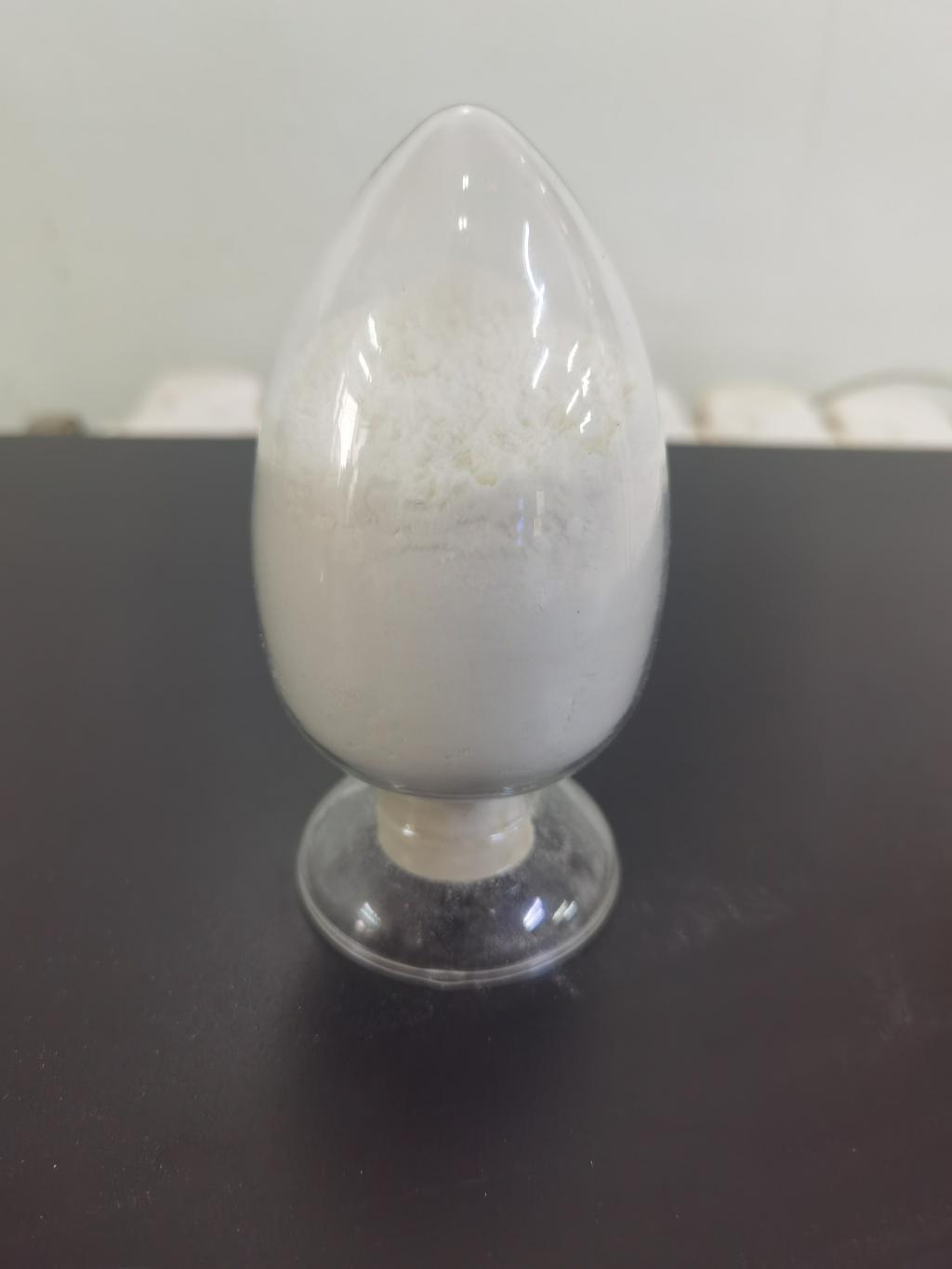Tel:+8618231198596

News
 CONTACT
CONTACT
 CONTACT
CONTACT
- Linkman:Linda Yao
- Tel: +8618231198596
- Email:linda.yao@dcpharma.cn
- Linkman:CHARLES.WANG
- Department:Overseas
- Tel: 0086 0311-85537378 0086 0311-85539701
News
ε-Polylysine Hydrochloride's Impact on Microbiome Research: Navigating Gut Health Frontiers
TIME:2023-12-18
1. Introduction: The Microbiome's Pivotal Role in Health
The human microbiome, comprising bacteria, viruses, fungi, and other microorganisms, has garnered increasing attention for its profound impact on human health. This section provides an overview of the microbiome's significance in maintaining a balanced and resilient gut environment, setting the stage for the exploration of ε-polylysine hydrochloride's role in advancing microbiome research.
2. ε-Polylysine Hydrochloride: An Overview of a Novel Player
Derived from natural fermentation processes, ε-polylysine hydrochloride is a polymeric cationic amino acid with unique properties. Understanding its structure and characteristics lays the foundation for examining its potential applications in the context of microbiome research.
3. Mechanisms of Action: ε-Polylysine's Interaction with Gut Microbes
This section delves into the specific mechanisms through which ε-polylysine hydrochloride interacts with gut microbes. From its impact on bacterial cell membranes to its potential influence on microbial diversity, a comprehensive understanding of ε-polylysine's actions is crucial for discerning its role in shaping the gut environment.
4. Applications in Microbiome Research: A Comprehensive Overview
The versatility of ε-polylysine hydrochloride extends to various applications in microbiome research. This section explores how it can be employed in studying microbial communities, modulating gut microbiota, and influencing the balance between beneficial and pathogenic microbes.
5. Gut Health Frontiers: ε-Polylysine's Potential Contributions
As researchers continue to push the boundaries of gut health knowledge, ε-polylysine hydrochloride emerges as a potential game-changer. This section examines its contributions to navigating gut health frontiers, including its role in understanding microbial dysbiosis, supporting beneficial bacteria, and mitigating the impact of external factors on the microbiome.
6. Prebiotic or Antibiotic? Unraveling ε-Polylysine's Dual Nature
The dual nature of ε-polylysine hydrochloride, possessing both prebiotic and antibiotic properties, adds a layer of complexity to its role in microbiome research. This section explores the implications of this dual nature, discussing how it can be harnessed to promote a balanced and resilient gut microbiome.
7. Clinical Implications: From Research to Therapeutic Prospects
The insights gained from ε-polylysine hydrochloride's impact on the microbiome have potential clinical implications. This section discusses how findings from research may translate into therapeutic prospects, including the development of interventions for conditions related to gut dysbiosis.
8. Regulatory Considerations: Navigating the Path to Approval
As ε-polylysine hydrochloride inches closer to practical applications, regulatory considerations become paramount. This section navigates the landscape of approvals, addressing the regulatory challenges and standards associated with the use of ε-polylysine in microbiome-related research and interventions.
9. Challenges and Future Directions: Charting the Course Ahead
While ε-polylysine hydrochloride holds promise, challenges and unanswered questions persist. This section explores the current limitations and proposes future directions for research, aiming to overcome obstacles and unlock the full potential of ε-polylysine in advancing our understanding of gut health.
10. Conclusion: ε-Polylysine Hydrochloride as a Compass in Gut Health Exploration
In conclusion, ε-polylysine hydrochloride emerges as a promising compass in the exploration of gut health frontiers. Its unique properties, mechanisms of action, and versatile applications position it as a valuable tool in microbiome research. As the scientific community continues to unravel the complexities of the gut microbiome, ε-polylysine hydrochloride stands ready to contribute to our understanding and potentially shape the future of interventions aimed at promoting a healthy and balanced gut environment.
- Tel:+8618231198596
- Whatsapp:18231198596
- Chat With Skype







